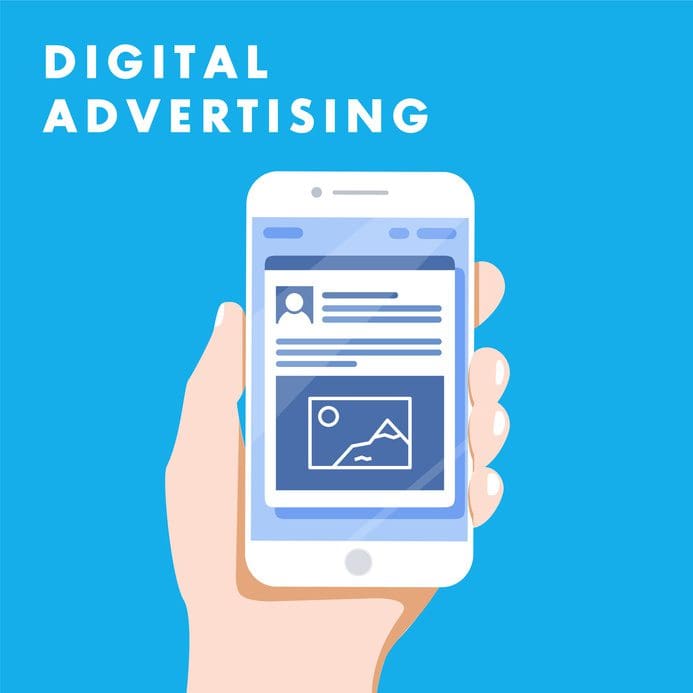Your cart is currently empty!

How To Supplement Your B2B Storytelling
Illustrating A Point with Content Marketing
Telling a story from a business-to-business point of view is a lot like telling a story through any other medium. There’s a point to make, but also an audience to captivate and it’s important to balance these tasks so that the business you’re pitching your ideas to sees a benefit for themselves in your story. You want to talk about a topic that says something positive about your business, and while doing so is sometimes a challenge, there are several ways to use content marketing to your advantage.

Sharing stories for the sake of business networking is quite easily accomplished when you’re looking for sharable information in the right places. Letting your customers tell your story for you is an excellent way to utilize the actual resources you have. Often, when a customer has valuable experience with a company, they’re more than willing to share these experiences with a greater audience.
This means that it’s typically easy to recruit happy customers that want to share their stories for you. In addition, allowing your customers to share their positive experiences is not only genuine, but it’s also a great marketing strategy. Rather than seeking out storytelling help elsewhere, you’re working with people who have real-world experience with your business and can provide organic testimonials.
Don’t Tell a Story, Show It
In a non-literary sense, this means that it is better to display the benefits of your product with “proof” in addition to talking around the points you intend to make. While discussion and description are great, fellow business owners are going to want to see the results behind the claims you’re making about your product. Provide detailed reports that support the stance you’re taking with your product.
Strategy is important when it comes to delivering your storytelling content to other businesses. You want to make sure that the information you’re presenting is easy to support with additional information and does not leave your audience lacking answers. In fact, research suggests that properly marketed content can lead to up to a 40% growth in your business’s revenue.
Drive the Point Home with Visuals
While storytelling is great on its own, and numbers definitely help add validity to your presentation, some audiences need additional supplementation to fully absorb the information you’re offering. In addition to great content creation, supportive visuals are likely to keep your audience engaged while presenting more details about how using your product stands to benefit them. For example, when you’re citing figures related to your business, a graph or other visual aid will illustrate your point and give your audience something to focus on in addition to your words. You can use videos, photos, infographics, and more to give your presentation more substance.
Don’t Start with the Sales Pitch
Content marketing toward other businesses should be approached in a way similar to the standard approach you use for customers. Even though business marketing differs when it comes to who you’re pitching to, other businesses do not want to be bombarded with sales pitches any more than customers do. It’s important to time your storytelling and illustrates your points and positive attributes before you start asking your audience to work with you or to use your product. Present your stories in a way that makes other businesses want to work with your company. This way, at the end of your presentation, you hardly have to ask, much less beg them for their time.